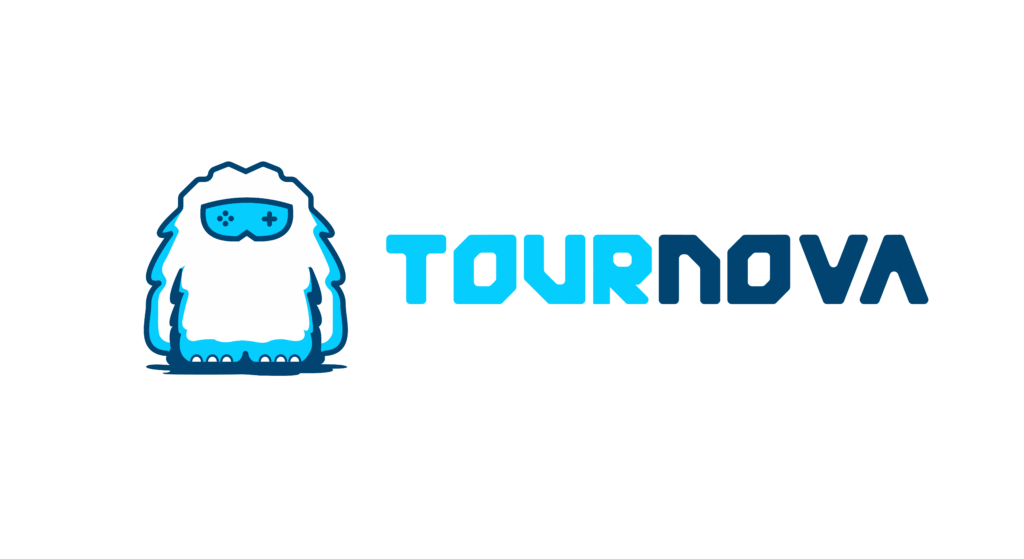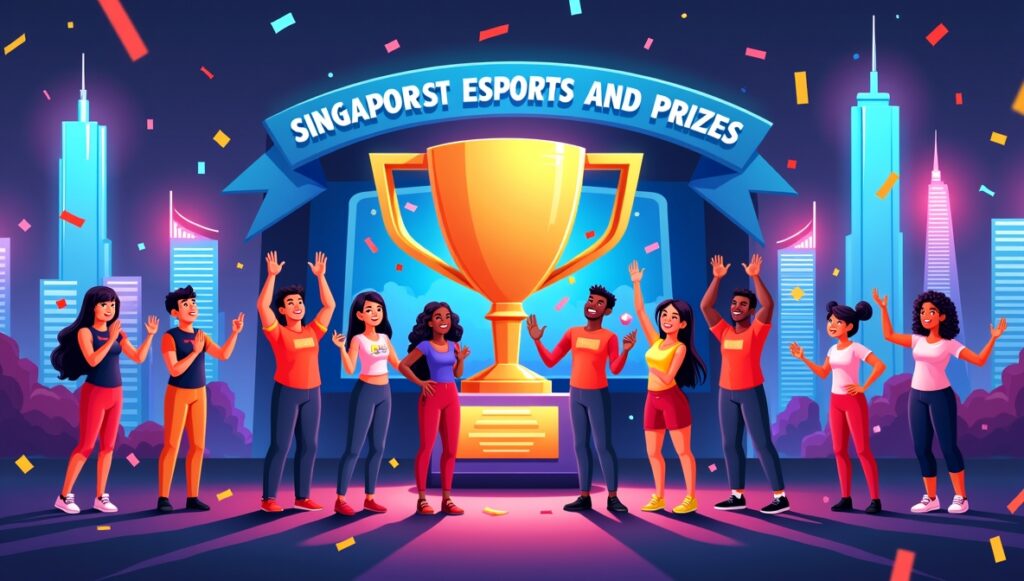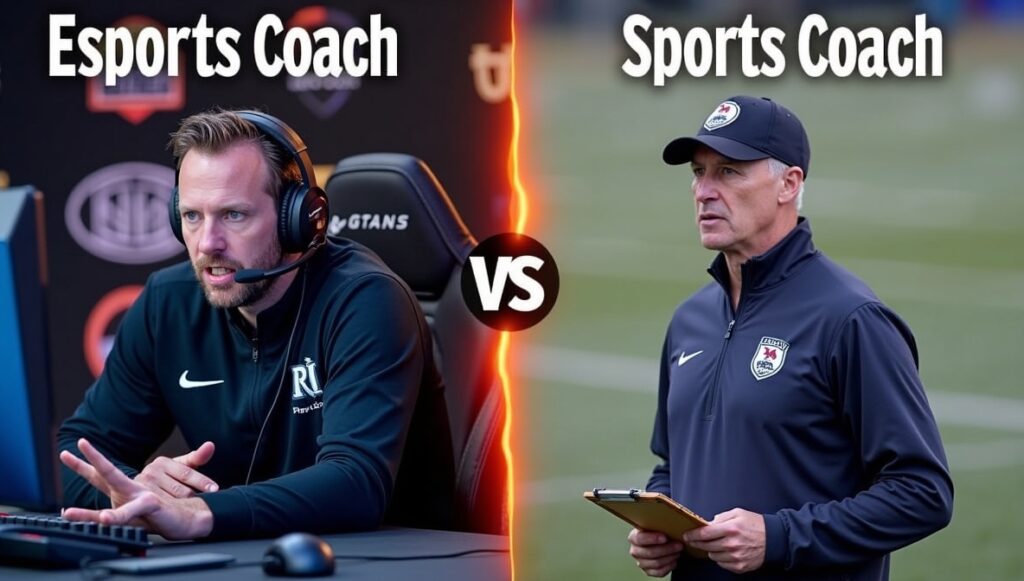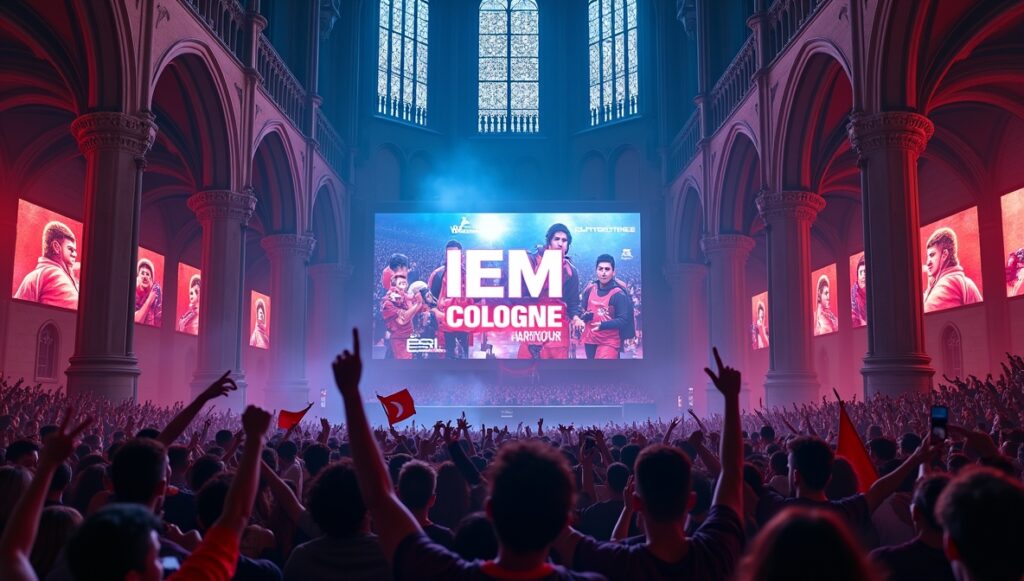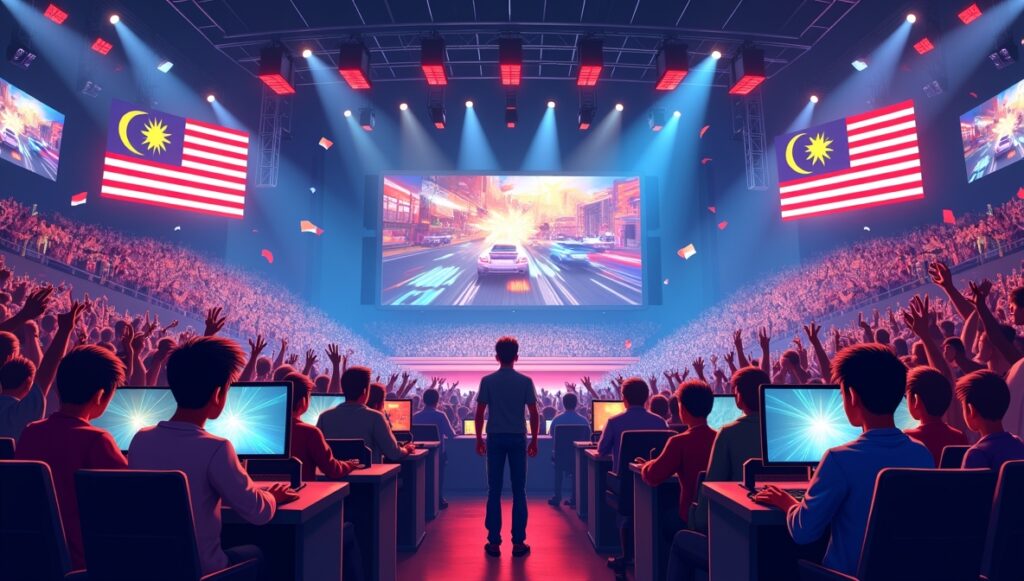An ecosystem has been formed to represent the esports scene, which includes people beyond just the players. For instance, coaches play an important role by focusing on team enhancement aspects such as strategizing and nurturing players. Coaches like Danny “Zonic” Sørensen, who has led Astralis to multiple CS: GO championships, receive high wages and incentives depending on team results.
Specialists who analyze gameplay and its parameters and then share their observations with others are becoming increasingly valued in the field regarding the history of esports. This is important for teams, as these specialists help enhance strategies and improve overall team effectiveness. Casters, the presenters of esports events, create an atmosphere on the screen that is as dynamic as the game itself. Event organizers are willing to pay large sums for well-known casters, and since many people are esports fans themselves, big names like Eefje “Sjokz” Depoortere have become equally popular among gamers.
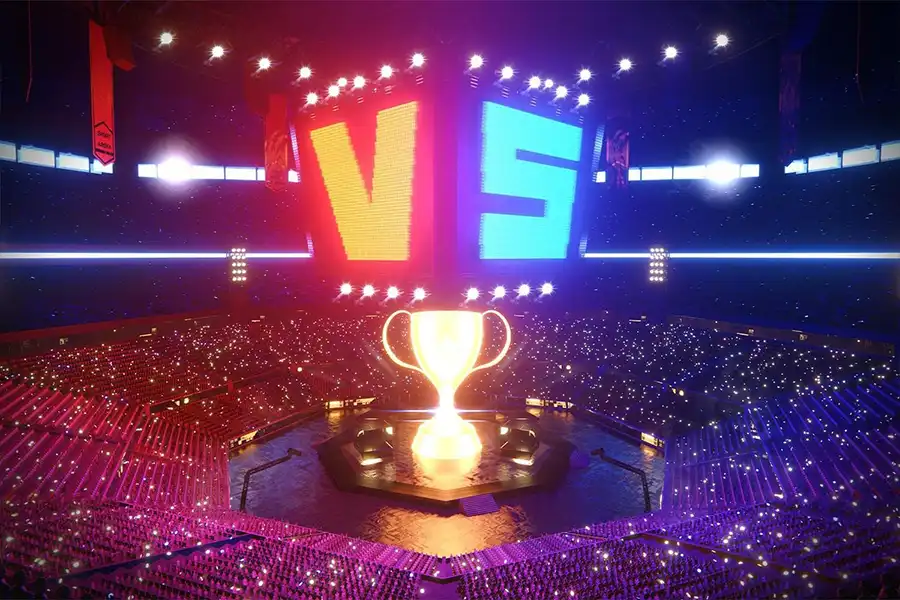
Regional Salary Differences in Esports: A Global Perspective
Esports is recognized internationally, and remuneration differs by country. North America and Europe offer better salaries due to large sponsorships and a more developed esports ecosystem. This is why Southeast Asia and Latin America have lower-paying players, though performance in these regions is rapidly improving as new opportunities arise.
South Korea, for instance, has a well-developed esports community, and players are very active in games like StarCraft II and League of Legends. South Korean players receive many accommodations from their teams, including housing and training facilities, which help offset a potentially lower base salary. Understanding these regional differences is important for players, especially those considering an international move or career, as it affects their remuneration and career progression.
The growth of the internet has further propelled esports into the mainstream regarding the history of esports. Online gaming platforms enable players to compete globally, breaking geographical barriers and expanding the reach of competitive gaming. These technological advancements laid the foundation for modern esports, setting the stage for its explosive growth.
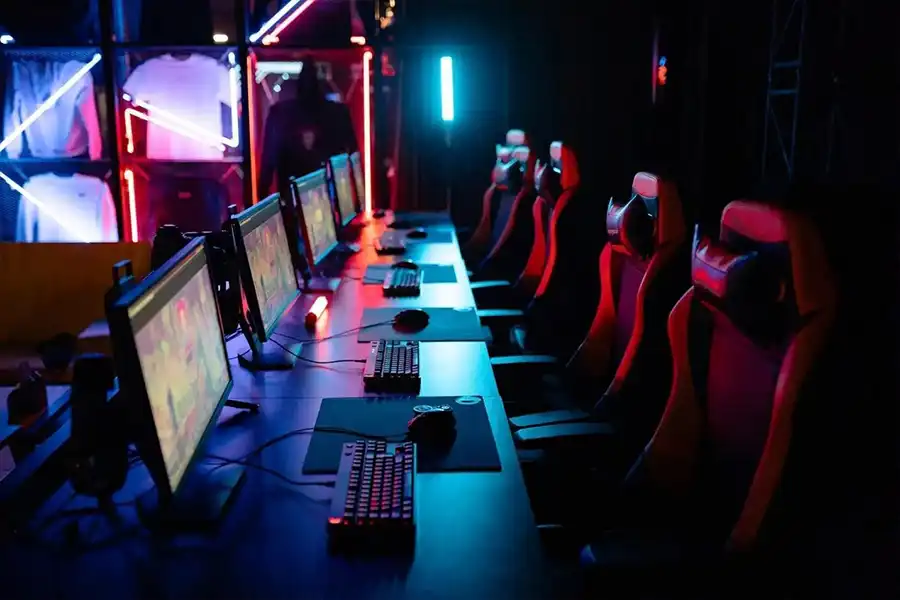
South Korea’s Impact on the Global Esports Scene
South Korea’s influence on esports cannot be overstated. In the late 1990s and early 2000s, the country embraced gaming as a cultural phenomenon, with PC bangs (internet cafes) becoming popular social hubs. The Korean e-Sports Association (KeSPA) was established to promote and regulate esports, providing a structured framework that elevated competitive gaming to new heights.
StarCraft became a national obsession, with professional players achieving celebrity status and matches broadcast on television. South Korea’s commitment to esports set a global standard, influencing competitive gaming structures and inspiring other countries to follow suit. The country’s impact on esports is a testament to the power of cultural and governmental support in shaping the industry.
2000s: From Small Leagues to Massive Tournaments
Esports entered perhaps its most observable stage in the early 2000s when large-scale tournaments and structured leagues started forming. Competitions like Major League Gaming (MLG), The Electronic Sports World Cup, and the World Cyber Games were formed as rules for the professional tournaments began to be publicized.
These leagues allowed the players to perform on a worldwide level and attracted the attention of sponsors and the media. The formation of the leagues transformed esports from a subculture to a real occupation, opening the way for the spectacle we have nowadays.
Corporate Sponsorship and Big Money in Current generation Electronic sports
It is incomprehensible to talk about the development of esports without considering corporate sponsorships while discussing the history of esports. Event-centric organizations like Red Bull, technology companies like Intel, and sportswear producers like Adidas understood this opportunity and massively supported esports. They attracted a large sum of funds and attention to esports, increasing the prizes and officially becoming a professional industry.
While sponsorship has boosted funding for players and teams, it has also improved the organization and presentation of events, increasing their appeal in the broader market. Sponsorship from corporate entities has elevated esports to a new level, generating revenues of over a billion dollars and attracting a fan base comparable to that of traditional sports.
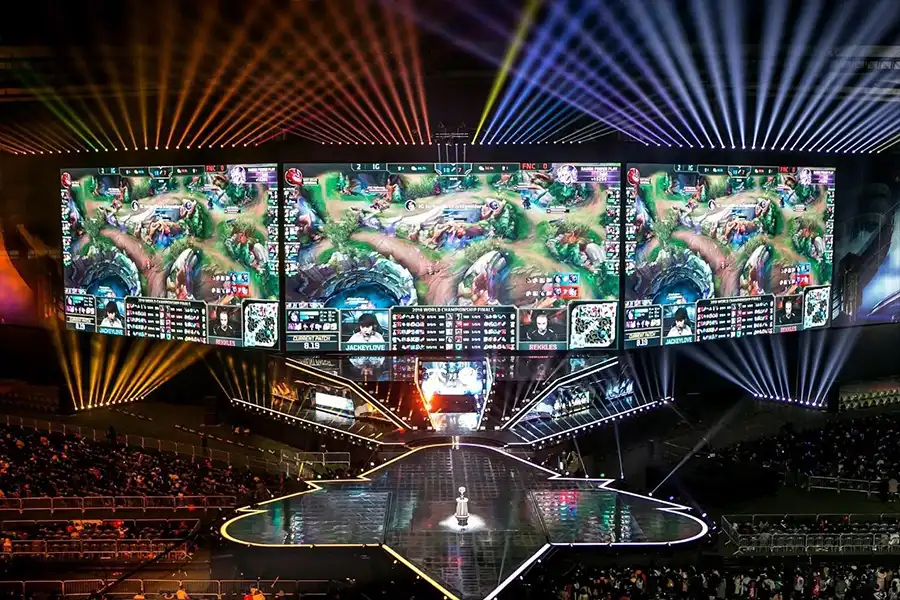
Modern Esports and Its Economic and Cultural Consequences
In 2023, esports represent a true cultural and economic phenomenon. Esports has attracted a massive conversation, much like traditional sports, primarily due to its high viewership. Today, there are the “big four” major championships, such as The International, with prize pools exceeding tens of millions of dollars, and the League of Legends World Championship.
The economic impact of esports is staggering, with the industry projected to generate billions in revenue. Beyond financials, esports has become a cultural force, influencing fashion, music, and entertainment. Its reach extends beyond gaming, shaping how we interact with technology and each other in the digital age.
The Evolution of Esports Platforms
The other major characteristic of the evolution of esports has been the creation of platforms that help with glorious communication. The appearance of starring platforms like Twitch, YouTube Gaming, and Facebook Gaming has dramatically changed the ways that the community experiences esports. These platforms do not only create statistics that all players can use to stream their games but also create statistics that allow the fan base to interact with their favorite gamers and teams in real time.
To reiterate, it is impossible to overemphasize the significance of streaming. They have opened competitive gaming to everyone who uses the Internet to watch it or possibly join in. Moreover, such platforms have created new types of entertainment since people can watch live broadcasts and participate in the commentators’ and spectators’ discussions about esports competitions. This has also fostered a dedicated fan base and kept esports an expanding subculture of popular culture at large.
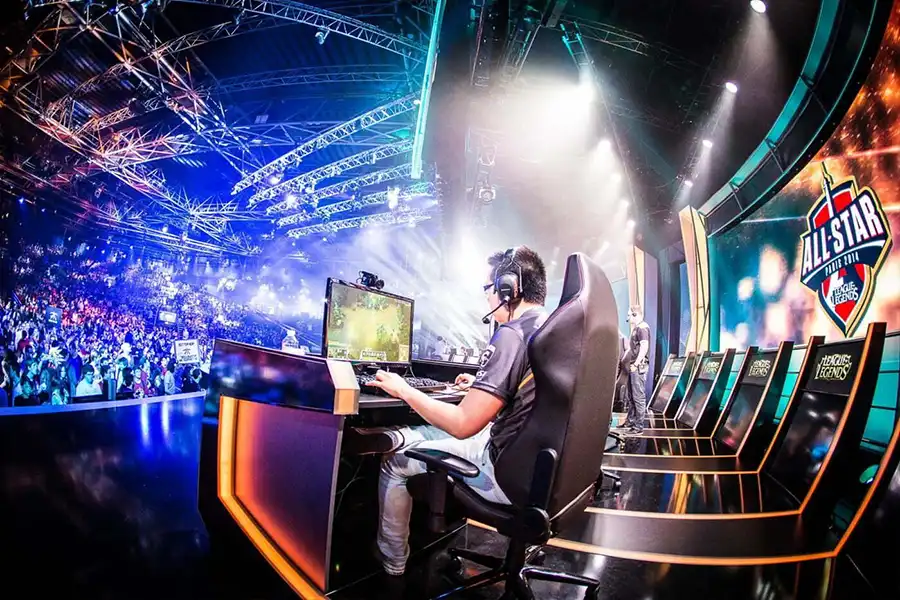
The Role of Social Media in Esports Growth
Social networks have especially been essential to the development of esports, bringing fans, players, and teams together. Social media sites like Twitter, YouTube, and Twitch are normally real-time, which enables fans to follow up on matches, players, and other events. This accessibility has converted the Rocket League from an exotic type of competition into a mass phenomenon.
Another use of social media is also the place of sponsorships and promotions, which in turn give companies revenues and visibility. Further, it provides communities of the particular games, which gives people, gamers, and fans the feeling they are something greater than themselves, thus enhancing the popularity of esports and its significance in culture.
Educational Institutions and Esports
Another significant development in the history of esports is its increasing recognition within educational institutions. Colleges and universities are beginning to establish esports programs, offering scholarships and competitive teams. This trend reflects a broader acceptance of gaming as a legitimate career path and acknowledges the skills required to excel in esports.
Educational institutions are also integrating esports into their curricula, teaching students about game design, digital marketing, and event management. These programs prepare students for various roles within the industry, from player to manager, contributing to a more skilled workforce that can support the growing esports ecosystem.
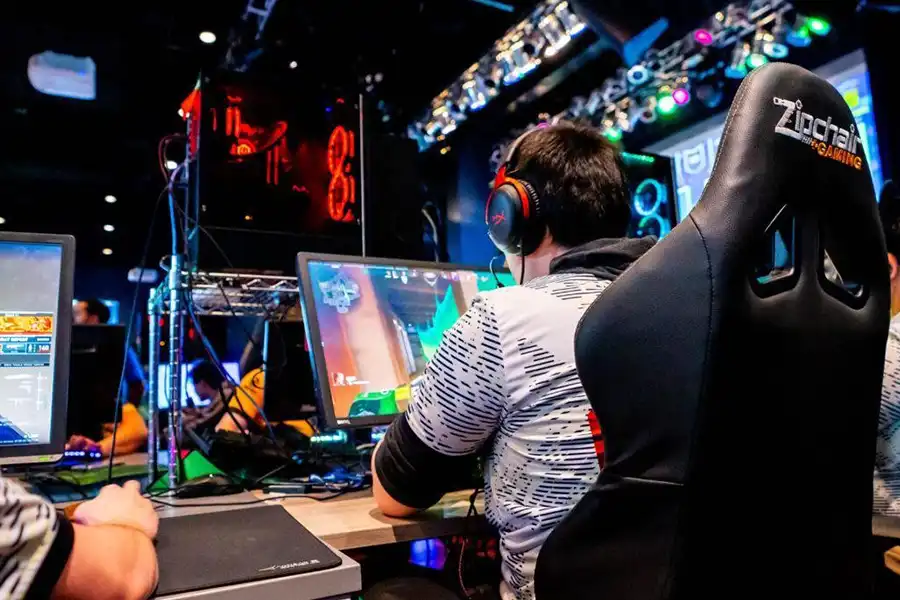
Challenges and Controversies in Esports
While the growth of esports presents numerous opportunities, it also brings challenges and controversies. Issues such as player burnout, the mental health of competitors, and the potential for cheating and match-fixing are significant concerns. As esports becomes more competitive and lucrative, the pressure on players to perform can lead to stress and mental health struggles.
Additionally, the industry grapples with regulatory challenges, including age restrictions, sponsorship regulations, and player rights. Ensuring a fair and safe environment for all participants is paramount to the industry’s sustainability. The establishment of governing bodies and regulatory frameworks will be essential in addressing these challenges and promoting integrity and professionalism within the esports ecosystem.
Read More: How Much Do Esports Players Make?
The Future of Esports: Looking Ahead
As we look to the future, several trends and innovations are poised to shape the next chapter of esports. The rise of mobile gaming is particularly noteworthy as it expands the potential audience for esports. Games like PUBG Mobile and Call of Duty Mobile are gaining popularity, especially in regions with limited access to high-end gaming PCs. This shift could democratize competitive gaming further, making it accessible to a broader audience.
Additionally, advancements in virtual reality (VR) and augmented reality (AR) hold the potential to redefine how players and fans engage with esports. Imagine immersive experiences where viewers can enter the game or interact with players in real time. As technology continues to evolve, the possibilities for innovation in esports are limitless.

Conclusion
In conclusion, the journey of the history of esports from its nascent stages to its current prominence is a remarkable story of innovation, community, and cultural impact. As the industry continues to grow, it will be essential for stakeholders—players, sponsors, and regulators—to work together to address challenges while embracing opportunities for further advancements. Whether you are a veteran gamer, an aspiring player, or a curious observer, the world of esports promises an exciting future filled with potential. Engaging with this dynamic landscape will not only enrich your understanding but also connect you to a global community passionate about competitive gaming.
Read the hottest in-depth Esports Guides on Tournova.
FAQs
How did esports become so popular in South Korea?
South Korea’s government and cultural support for gaming, including the establishment of PC bangs and KeSPA, played a significant role in popularizing esports. The success of games like StarCraft also contributed to its widespread appeal.
What are some of the biggest esports tournaments today?
Major tournaments include The International for Dota 2, the League of Legends World Championship, and the Fortnite World Cup, each offering substantial prize pools and attracting millions of viewers.
How do corporate sponsorships impact esports teams?
Corporate sponsorships provide financial support, allowing teams to invest in better training facilities, player salaries, and event participation. They also enhance the visibility and credibility of esports as a professional industry.
